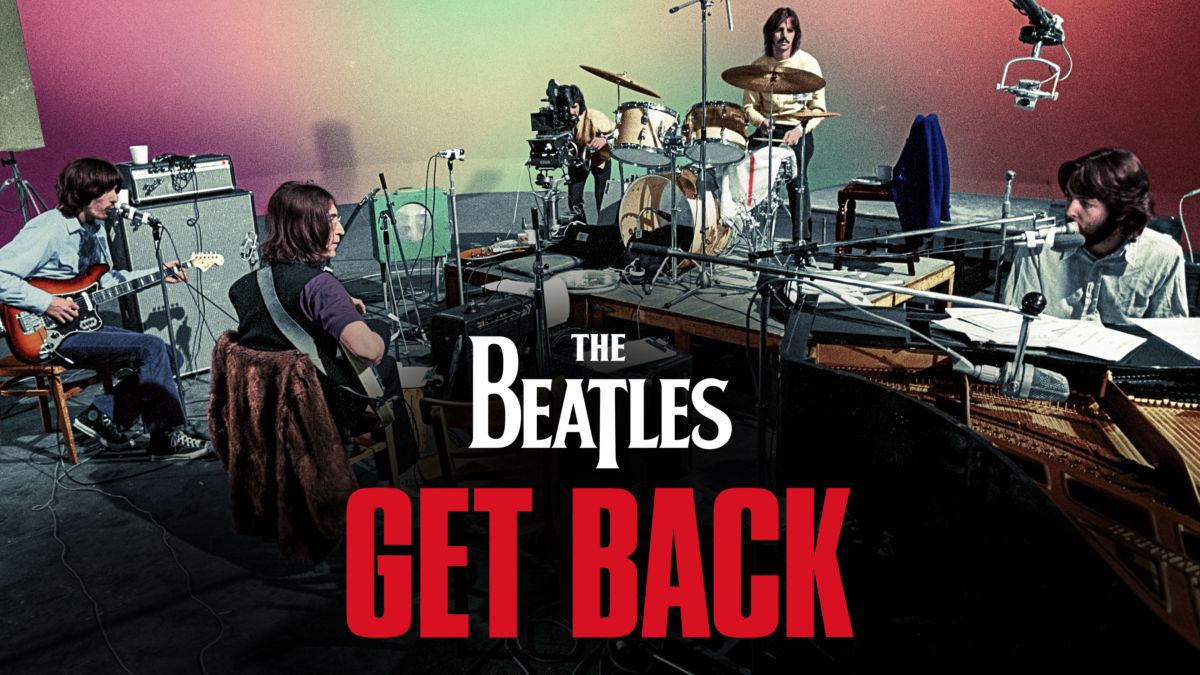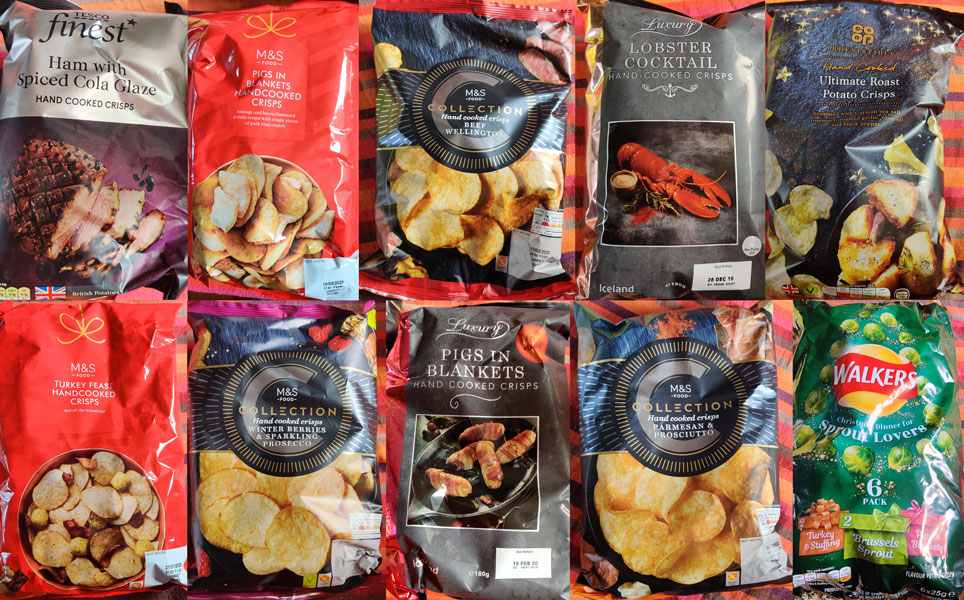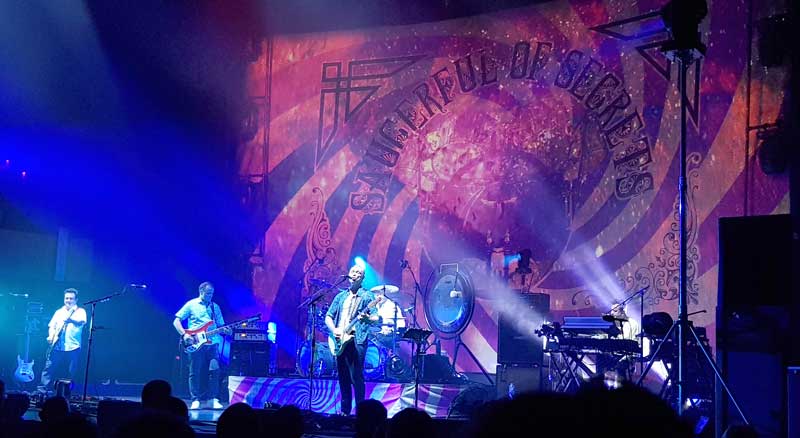London delivered another of it’s rare and exciting opportunities into my eager grasp last Thursday night with the chance to attend the 2011 Ig Nobel Tour of the UK, to hear from Marc Abrahams of the Annals of Improbable Research in the Great Hall at Imperial College as he gave a presentation on the 2010 Ig Nobel laureates and their various works.
I’d first heard of the awards when Australia’s Dr Karl Kruszelnicki was awarded one in 2002 for his study on the factors affecting production and collection of belly button lint. This is the kind of science I can get behind.
The Ig Nobel prizes are similar to the more famous Nobel prizes, in that they honour scientific achievement. The prizes are presented in September at Harvard, each by a Nobel Laureate, and the winners give a short speech about their research which concludes either when they do, or when the designated small child gets bored.
This year’s list of prizes was:
| Category | Research Team | Achievement/research |
| Engineering | Karina Acevedo-Whitehouse & Agnes Rocha-Gosselin of the Zoological Society of London, and Diane Gendron of Instituto Politecnico Nacional, Baja California Sur, Mexico | “for perfecting a method to collect whale snot using a remote-control helicopter” |
| Medicine | Simon Rietveld of the University of Amsterdam & Ilja van Beest of Tilburg University, Netherlands | “for discovering that symptoms of asthma can be treated with a rollercoaster ride” |
| Transportation Planning | Toshiyuki Nakagaki & his team from Japan, and Dan Bebber & Mark Fricker of the UK | “for using slime mold to determine the optimal routes for railroad tracks” |
| Physics | Lianne Parkin, Sheila Williams, & Patricia Priest of the University of Otago, New Zealand | “for demonstrating that, on icy footpaths in wintertime, people slip and fall less often if they wear socks on the outside of their shoes” |
| Peace | Richard Stephens, John Atkins, and Andrew Kingston of Keele University, UK | “for confirming the widely held belief that swearing relieves pain” |
| Public Health | Manuel Barbeito, Charles Mathews, and Larry Taylor of the Industrial Health and Safety Office, Fort Detrick, Maryland, USA | “for determining by experiment that microbes cling to bearded scientists.” |
| Economics | The executives and directors of Goldman Sachs, AIG, Lehman Brothers, Bear Stearns, Merrill Lynch, and Magnetar | “for creating and promoting new ways to invest money — ways that maximize financial gain and minimize financial risk for the world economy, or for a portion thereof” |
| Chemistry | Eric Adams of MIT, Scott Socolofsky of Texas A&M University, Stephen Masutani of the University of Hawaii, and BP | “for disproving the old belief that oil and water don’t mix” |
| Management | Alessandro Pluchino, Andrea Rapisarda, and Cesare Garofalo of the University of Catania, Italy | “for demonstrating mathematically that organizations would become more efficient if they promoted people at random” |
| Biology | Libiao Zhang, Min Tan, Guangjian Zhu, Jianping Ye, Tiyu Hong, Shanyi Zhou, and Shuyi Zhang of China, and Gareth Jones of the University of Bristol | “for scientifically documenting fellatio in fruit bats.” |
Our evening was made up of brief presentations by 2 of this year’s laureates, along with an interesting bit of science along the Ig Nobel lines, a product demonstration, and some poetry.
We started with a talk from Dan Bebber about their technique for using slime molds to solve shortest-route problems and to design efficient travel networks, and their subsequent mathematical modelling to simulate the slime molds (thus saving a lot of work and cleaning up afterwards.
Following that we were treated to a demonstration of the Safety Bra by Dr Elena Bodnar. The safety bra is designed to save lives in emergency situations by coming apart and being re-purposed as temporary breathing apparatus with filtration membrane.
We were also treated to a talk by Matija Strlic, who talked about chemical analysis of the smell of old books, and how his team are working on an electronic nose that can smell paper and work out what steps need to be taken to preserve it base on the degradation agents it can sense (he also passed around a jar containing “old book smell”).
John Hoyland from New Scientist gave us an insight into the sorts of things they get in their “Feedback” column, which is a damn sight more interesting than that description sounds. Sort of like an extended “Colemanballs” of science, an amusing piece was the advertising copy in a Japanese hotel about the benefits of their spa, and that it helped with “Chronic fire extinguisher disease”, “Gimlet wound”, and “Chronic woman disease”. Quite the miracle cure.
Finally Gareth Jones dragged us through his research on fellatio in fruit bats, complete with large hand puppets to demonstrate – on the offchance there was any doubt – just what it was he was talking about.
The obvious (and frequently posited question) is how people get funding to do this sort of research, usually by people with little or no understanding of research, and the thing which seems common throughout is that while a lot of these projects sound silly they also teach us something about the world we live in, and are the sort of thing which come about from delving deep into the specifics of one particular topic. Which doesn’t make it any less ridiculous, of course.
Abrahams also stressed that almost nobody who had nominated their own work for an Ig Nobel had ever won, which goes to show. Something.
To finish we had a partial group reading of William Topaz McGonagall’s famous poem, The Tay Bridge Disaster. The relevance of this being (other than just being something profoundly silly to do) that a couple of McGonagall scholars had unearthed some previously unread works of the… errm… poet, and they were celebrating at the Dundee event by reading them out. It seems wrong to inflict the words on you at this point, but if you’re interested and have a moment, there’s a YouTube of Billy Connolly reading The Tay Bridge Disaster. If you’ve got a spare 6 minutes and aren’t fussy about how you spend your time, have a look:
So that was the Ig Nobels. By the sound of the way the “main” presentation was described, there seems little or no chance of ever getting a ticket to that, but the Ig Nobel show is an excellent and far more convenient second, and the tickets are free, so if you’re in any way interested in science I highly recommend keeping your ear to the ground around Feb/March next year and see if you can bag one!









